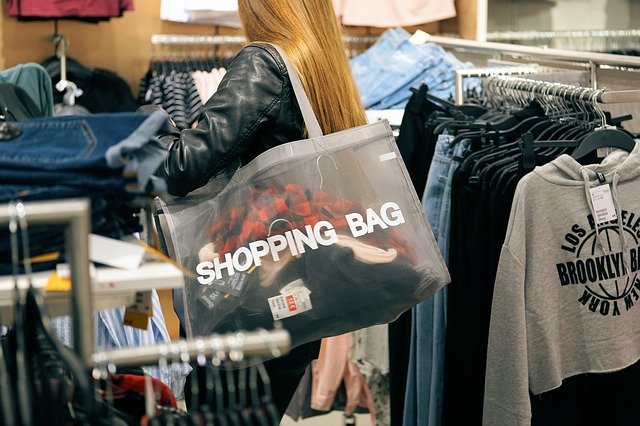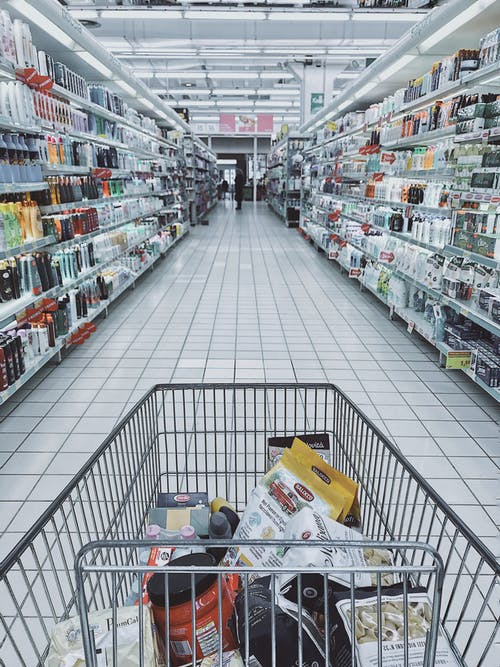Are you worried that you or someone you know might develop an addiction problem? The truth is, your worries are valid, but addiction can be prevented even before it starts.
When you put in the right measures to prevent addiction, you are safeguarding your health in different ways. Here are some actionable steps you can take to prevent addiction.

Don’t bow to peer pressure
One of the major reasons why people get addicted is because of the people they hang out with. For instance, if you keep close company with people who abuse drugs or alcohol, you are likely to do the same even without being forced.
You may not want to be left out, and you will find yourself abusing these substances which can lead to addiction in the long run.
Set aside time for self-care to combat stress
Another way to prevent addiction is to create ample time for self-care. Sometimes, people don’t care about taking out time to rest, which could make them addicted in the long run.
When your body doesn’t effectively deal with stress, you might engage in habits or unhealthy decisions that can make you addicted.
Eat a nutritious diet
When it comes to preventing addiction, taking a nutritious diet also helps you achieve this. Your body needs the ideal combination of nutrients to function optimally. When you don’t pay attention to what you eat, it can affect you to the point where you engage in unhealthy habits.
Develop good relationships with friends and family
When you maintain close ties with family and friends, there is a reduced chance that you will get addicted.
Your relationship with family and friends will help you deal with life pressures as they come. This means that you don’t have to be overburdened because you have people who will share your pain and struggles with you.
Learn coping mechanisms
Some people abuse substances anytime they want to deal with negative feelings, and this can make them addicted in the long run. Learn how to channel your feelings the right way by exercising, talking to a trusted person, journaling, etc.




